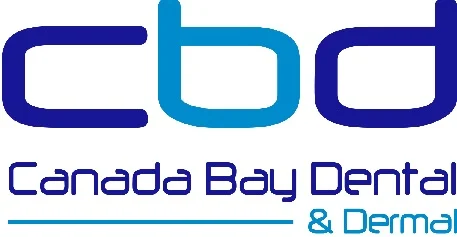Why Do Dentists Recommend Soft Toothbrushes?
/Back in the day, you didn’t have a choice when it came to toothbrush bristles – either you used a hard-bristle brush, or you went without. Then, in 1938, Du Pont introduced toothbrushes that had nylon bristles, ushering in the modern toothbrushes of today. By the 1950s, softer nylon brushes became the norm, as most people preferred them over the harder bristles.
These days? Most dentists recommend soft bristles, but you can still find a variety of bristle types on the market. So how do you know which toothbrush to pick and why?
Types of Toothbrush Bristles
Manufacturers make three different types of bristles in their toothbrushes.
Hard and Medium Bristles – Hard-bristled brushes were recommended for patients with poor manual dexterity in patients with poor oral hygiene, or in patients with joint problems who could not grip the toothbrush properly to apply adequate brushing pressure and technique. A hard bristle would ensure that the oral cavity was free of debris even with a shortened brushing time and with less pressure. However, with the advent of mechanical toothbrushes, now dentists rarely recommend the use of hard bristles.
Soft Bristles – The ADA recommends the use of soft-bristled brushes in almost 90 percent of the population. These bristles are usually arranged in varying heights to reduce pressure on the gum and increase pressure on the tooth surface to clean away plaque and food debris. As a result, the need for stronger bristles is redundant and the different bristle lengths do the job quite well.
The Scoop on Hard-Bristled Toothbrushes
Some people like hard-bristled brushes and find that the bristles clean the tooth surface well. If that’s the case for you, discuss with your dentist whether you should use a hard-bristled toothbrush, but make sure you are using the proper brushing technique regardless of the type of bristle you wind up using. In a hurry to complete brushing, most people use the side-to-side motion. Now this motion may seem the easiest, but it is the most dangerous brushing technique for teeth. The side-to-side motion uses more pressure and it can rub the bristles quite strongly against the tooth’s surface and irritate the gums.
The bristles actually scrub away at the tooth’s surface and scrape away the outer surface called the enamel. Obviously, the stronger the bristle, the harder your scrub and the more the enamel is scraped off. In the end, people who used hard bristled toothbrushes noticed wedge-shaped cavities along the gum line, accompanied with gum recession. If a patient continues to use a hard-bristled toothbrush with a side-to-side scrubbing motion, the wedge shaped cavities will continue on to the root surface as well, causing serious sensitivity and dental problems.
How Often Should You Replace Your Toothbrush?
Whether you’re using a hard- or soft-bristled toothbrush, you should replace it about once every three months. Bristles will break down and lose their effectiveness after repeated use. In other words, the older your toothbrush is, the harder it is to remove plaque from your teeth and gums. You should also consider changing out your toothbrush after you’ve recovered from an illness.
The Solution
Fact is, some of us still love our hard-bristled toothbrushes. Ideally, though, you should talk to your dentist. He or she can evaluate your oral health and your teeth and then recommend the right type of toothbrush for your mouth. Your dentist can also give you a brief refresher course on things like proper brushing techniques to ensure optimal dental health, regardless of which type of toothbrush you use.
